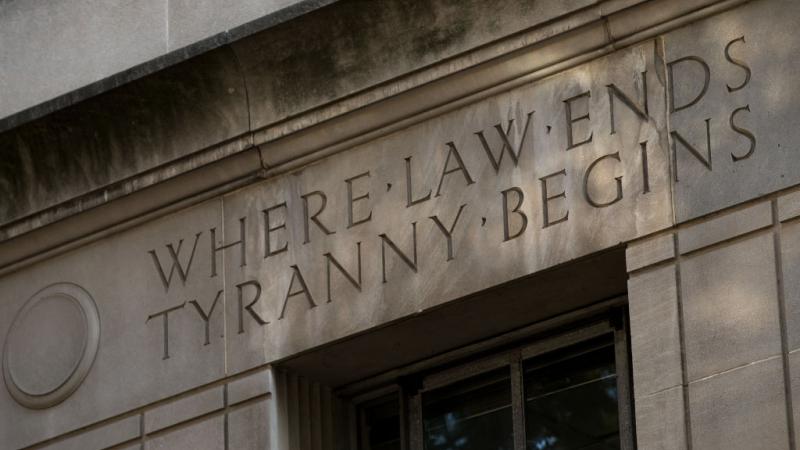National Archives report says 'structural racism' impacts the agency
"Structural racism—the overarching system of racial bias across institutions and society—unequivocally impacts how NARA staff interact with records, colleagues, and customers," the report declares.
The National Archives and Records Administration (NARA) released a report from a task force that claims "structural racism" impacts the agency.
"Structural racism—the overarching system of racial bias across institutions and society—unequivocally impacts how NARA staff interact with records, colleagues, and customers," the report declares.
"Discoverability refers to the degree to which records are findable in the Catalog. NARA's records related to BIPOCs [black, indigenous and people of color] are more difficult to find because they are under-described, while our website and Catalog over-describe the records and achievements of White men by using more extensive, superlative, and subjective language," the report says. "NARA needs to rectify generations of racist recordkeeping practices that have marginalized BIPOCs and made them footnotes in the historical record."
The report asserts that "a Rotunda in our flagship building that lauds wealthy White men in the nation’s founding while marginalizing BIPOC, women, and other communities."
A "Draft Proposal to Reframe and Revitalize the Visitor Experience in the Rotunda" suggests potentially adding new sculptures highlighting women, Native Americans and the enslaved. It also suggests the possibility of featuring "dance or performance art."
"The groups currently missing from the story told by the Faulkner murals—women, American Indians, and enslaved people—are potential subjects for new memorials," the proposal says. "The National Archives should consider options to address the problems presented by the Faulkner murals. While these massive paintings are historically significant and loved by many, others find them oppressive and exclusionary. 'The murals,' said one respondent to the Museum Subgroup’s survey, are 'an homage to White America.' One possibility is to commission additional murals for the walls in the Rotunda Gallery. Another is to stage dance or performance art in the space that invites dialogue about the ways that the United States has mythologized the founding era."
















